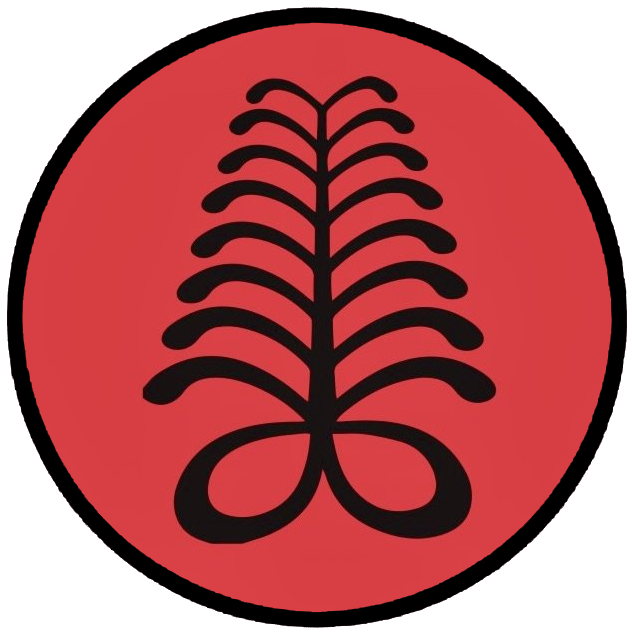Leaning Against Discomfort. Was I Born This Way?
Part of athletics is discomfort. We know when we get into athletics we are putting ourselves in a position where we are going to be challenged. Physically, mentally, maybe even in other ways. We chose this route for growth, learning about ourselves, breaking new boundaries and stepping up to challenges. It’s rewarding, and it’s fun!
Depending on our sport and discipline of it we find out and learn where the discomfort is going to be. This can take some time to learn. For example if the sport is very short and hard the discomfort might come from the intensity. We have to learn to push right up against that intensity and push through barriers. In long distance events the discomfort might come later in the event through the feeling of breakdown and depletion. We learn how to manage that and tolerate that sensation. We learn what is o.k. and what we need to back off from. Learning this takes practice, it also takes breakthroughs, it might even take a few failed try’s and some tough lessons. Each part serves a purpose in discovering what we can push through.
I also think some of it is sculpted through our environment, our upbringing, and maybe even our family history. My father recently sent me a letter about our family history and the Holodmor story. His letter told some history how our family has a long story of enduring long, and tough situations and conditions. I know I seem to have an aptitude for very long and very tough events. When conditions are tough, I have had a history of just carrying on, business as usual. I’ve seen that in athletics, but also in other areas of my life many times. Maybe my genes, my family history play a part in that, maybe it’s all the conditioning to it throughout sports and hard training.
I feel we all have a different level of what we can tolerate, what we can push through. Different sensations are easier to tolerate for different people. The slow decay from going long or the sharp intense pain from an all out effort. Take a large group of athletes and ask them to raise there hand into one of two groups, One: let’s do 4 all out 30sec efforts on 5 min rest OR two let’s go do 4hrs steady. You’ll see quickly athletes will throw their hand up based on what appeals to them. What discomfort sounds o.k. to them. You’ll hear a hell yeah or a clear hell no! This typically comes down to different genetic make up’s, how an athletes been trained, their physiology, their mental make up, and probably the exposure they have had throughout their life and knowing what they are good at or not. People like to do what they are good at.
You can train both and you can be a bit of both. Some of us are suited better to one then the other. However, this doesn’t mean it’s that black or white. If you just looked at me you’d say I am a fast twitch person, my entire family is genetically fast twitch, muscle develops easy on me, I burn sugar as my primary fuel early and so on. However…. I can tolerate discomfort for a long time, I’m strong over long periods, I’m a work horse and in the back half of a 7+ hr day I seem to be still grooving along just the same as the start or maybe even have gained momentum.
I was a sprinter in early school and a gymnast - short/fast
I became a show jumper- short/ fast
I took up triathlon- long
I won an Ironman- long
Bike racing crits, stage races and road race- long and short
I did Olympic weightlifting and powerlifting - short/fast
I race 100mile plus gravel events- long
So why do I list this, a clear view of what you might be naturally built for, what your history as a family might set you up for, and what you can train yourself for given the appropriate training.
It’s all possible!
The key is understanding the discomfort you are facing, then knowing how you’ll settle up with pushing back against it and managing it as you train yourself to be better at that given discomfort. It take practice!! It takes exposure! It takes a commitment.
Whatever your discomfort don’t shy away from it. Never die wondering!
